Monuments in New Zealand showcase the country’s heritage and are situated across cities such as Wellington, Auckland, and Dunedin. These historical sites commemorate significant figures, events, and architectural achievements that shape New Zealand’s cultural identity. Visitors explore structures that reflect colonial, indigenous, and political milestones. Many of these monuments are open year-round and include educational displays. Each location offers distinct insights into New Zealand’s evolution through time. Some monuments also provide stunning city views or access to nearby museums. These nationally significant landmarks and popular memorials attract curious travellers and history enthusiasts.
Top 10 Monuments In New Zealand To Visit
Explore these monuments in New Zealand that reflect the country’s historical legacy through diverse architecture and cultural relevance.
1. Abel Tasman Monument
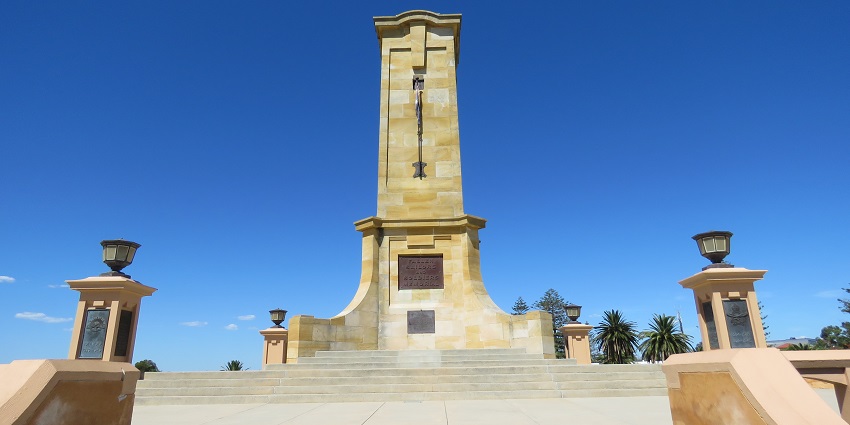
Photo: Calistemon / Wikimedia Commons / Image For Representation Only
The Abel Tasman Monument near Golden Bay commemorates the first recorded European contact with New Zealand in 1642. Built in 1942, it marks 300 years since explorer Abel Tasman’s arrival. The site holds cultural value, reflecting both European exploration and its impact on local Maori communities. It overlooks the location of Tasman’s first encounter with local iwi (tribes). This entry fits within the broader category of historical monuments in New Zealand, offering visitors historical interpretation panels and coastal views.
Major Attractions: Historical panels, coastal viewpoints
Location: Ligar Bay, Golden Bay
2. Hokitika Clock Tower
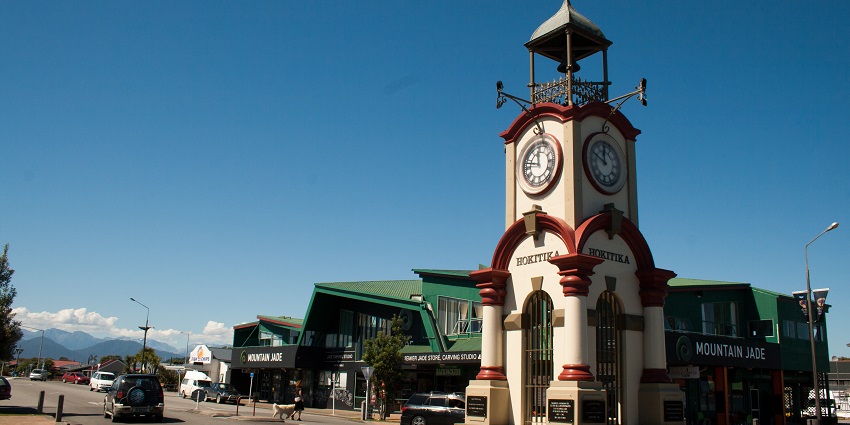
Photo: Szilas / Wikimedia Commons
Constructed in 1903, the Hokitika Clock Tower honors local soldiers who served in the South African War. Located in the town center, the monument stands as an important civic landmark. Its design combines Edwardian architectural elements with functional public timekeeping. Over the decades, it has remained a focal point for community events and remembrance ceremonies. Visitors appreciate its central location, making it easily accessible on foot during a visit to Hokitika. Restoration efforts have kept the structure intact and visually appealing for modern visitors.
Major Attractions: Architectural design, war memorial significance
Location: Weld Street, Hokitika
3. Massey Memorial

Photo: Alana’s / Wikimedia Commons
Massey Memorial provides insight into New Zealand’s political and architectural heritage. Situated on the Miramar Peninsula, it commemorates Prime Minister William Ferguson Massey’s contribution to the country’s development. Visitors often come to understand the design and materials—Kairuru marble and Takaka granite—used in its construction. The surrounding grounds offer space for historical reflection and walking routes. People interested in early 20th-century public architecture find it informative. Its elevated setting also presents a wide view of Wellington Harbour, drawing those who enjoy structured outdoor exploration and historical learning.
Major Attractions: Historic tomb, marble, and granite structure
Timings: 8 AM – 6 PM
Location: Miramar Peninsula, Wellington
4. Dunedin Railway Station
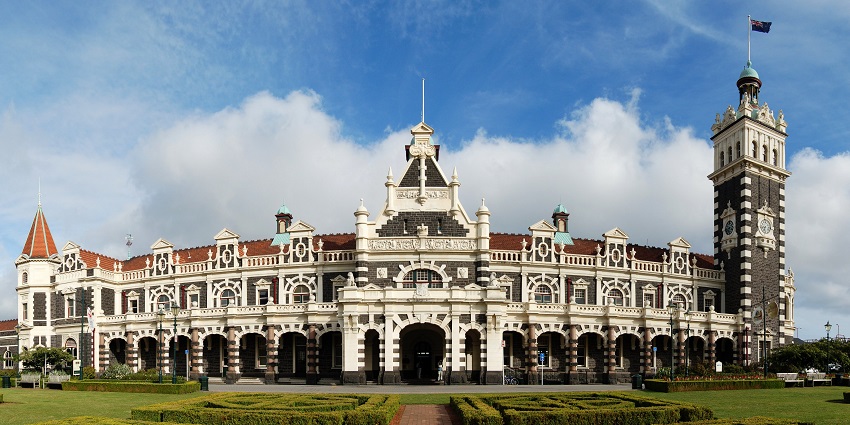
Photo: Antilived / Wikimedia Commons
Dunedin Railway Station serves as an important example of early 20th-century railway architecture. Its design, using locally sourced basalt and limestone, highlights the craftsmanship of architect George Troup. Beyond its historic role in transportation, the station now functions as a center for cultural activities, including exhibitions and weekend markets. Photography enthusiasts often visit for its detailed stonework and symmetrical design. Inside, mosaic floors and stained-glass windows reflect a strong attention to artistic detail, appealing to those with an interest in interior design and historical preservation.
Major Attractions: Mosaic floors, guided tours, architecture
Timings: 8:30 AM – 5:30 PM
Location: Anzac Square, Dunedin
5. Maungakiekie / One Tree Hill Obelisk
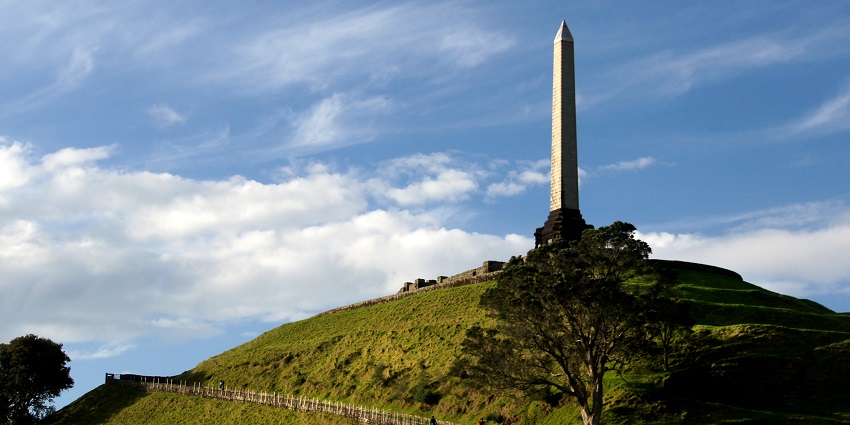
Photo: Bernard Spragg. NZ / Wikimedia Commons
The Maungakiekie/One Tree Hill Obelisk is often visited for its historical value and geological setting. Located on a volcanic cone, the site represents the intersection of natural history and cultural memory. The obelisk honors Maori settlement and European development, offering a physical record of Auckland’s past. Researchers and students often explore the earthworks and remnants of the Maori pa. The structure also pays tribute to Sir John Logan Campbell, linking personal legacy with public memory. Its visibility from different parts of Auckland reinforces its importance as a civic landmark.
Major Attractions: Historic summit site, views of Auckland
Timings: 7 AM – 9 PM
Location: Cornwall Park, Auckland
6. Queen Victoria Monument
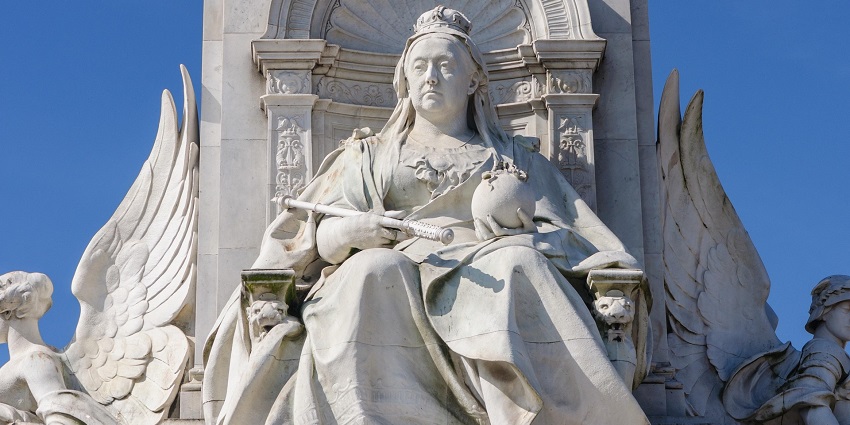
Photo: PaulHampshire / Pixabay / Image For Representation Only
The Queen Victoria Monument in Wellington stands among the recognized national monuments in New Zealand, offering a direct link to the colonial period. Positioned in Post Office Square, the statue draws attention to how public spaces once honored imperial connections. Sculpted by Francis John Williamson, the bronze figure represents the values and priorities of early 20th-century society. Passersby often engage with the monument while moving through the city center. It also serves as a teaching point for those studying New Zealand’s transition from colonial governance to independent statehood.
Major Attractions: Bronze sculpture, central location
Location: Post Office Square, Wellington
7. Sky Tower
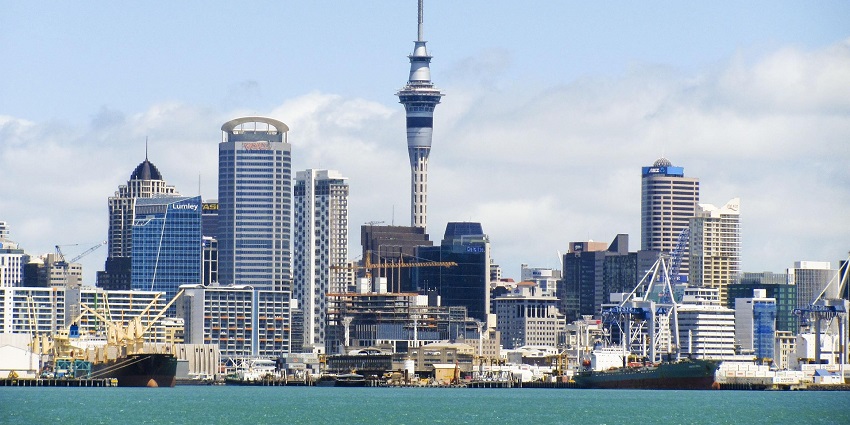
Photo: nadine_simoner / Pixabay
Sky Tower is often included in architectural and tourism studies for its multifunctional design and cultural relevance. As New Zealand’s tallest structure, it integrates broadcasting, public observation, and event lighting. Visitors are drawn not only to the views but also to the engineering that supports such height. The tower’s interior includes restaurants and activity zones, which attract locals and international guests. Event organizers frequently use the lighting for national commemorations. While newer than other city landmarks, it holds growing significance in Auckland’s development narrative.
Major Attractions: Observation deck, dining, and lighting events
Timings: 9 AM – 10 PM
Entry Fee: NZ32 / ₹1631
Location: Victoria Street West, Auckland
8. The Beehive (New Zealand Parliament Building)
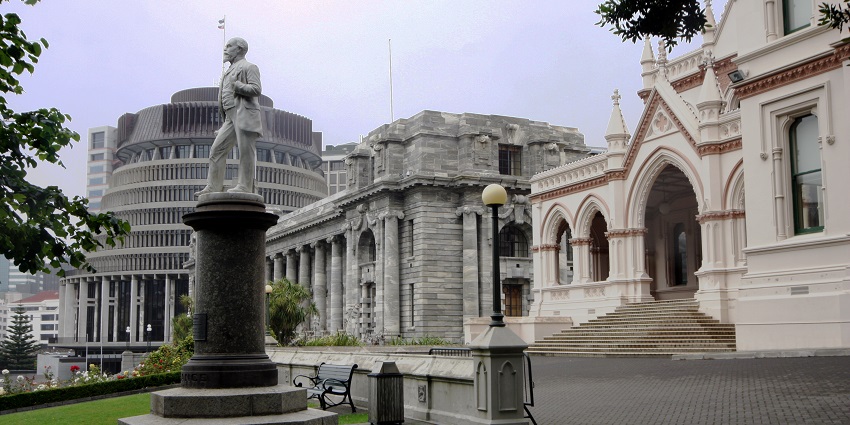
Photo: Bruce Tuten / Wikimedia Commons
The Beehive represents a turning point in New Zealand’s architectural and political history. Unlike traditional buildings around it, its circular design reflects a change in how public institutions presented themselves from the 1970s onward. Those touring the capital often include it in their visit to understand the country’s political framework. Its interior offers insights into governmental functions, and guided tours highlight decision-making processes. Located near older buildings, the Beehive’s style provides contrast while contributing to an overall sense of historical continuity within Wellington’s civic precinct.
Major Attractions: Parliament tours, public gallery
Timings: 9:30 AM to 4:30 PM (Weekdays)
Location: Molesworth Street, Wellington
9. Michael Joseph Savage Memorial
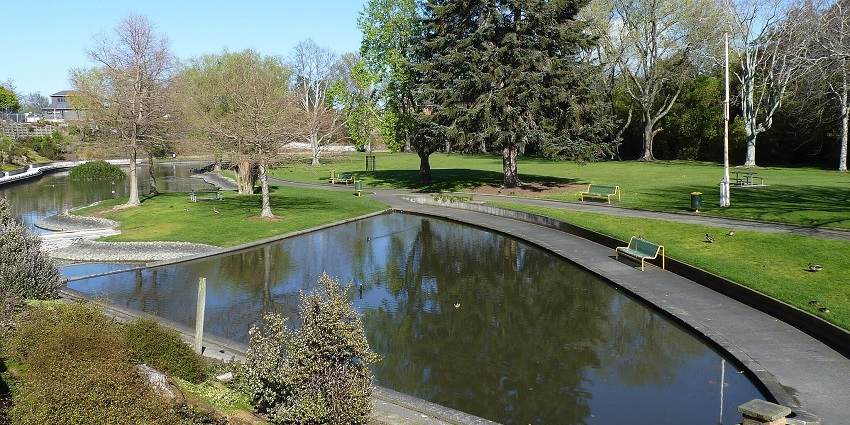
Photo: Michal Klajban / Wikimedia Commons / Image For Representation Only
The Michael Joseph Savage Memorial attracts those interested in political history and mid-20th-century architecture. Located at Bastion Point, the memorial marks the influence of Savage’s leadership and New Zealand’s early welfare reforms. Its art deco design reflects the era’s architectural trends. The gardens and reflecting pool are often used for remembrance events and school visits. People visiting the site gain perspective on the Labour Party’s role during a critical time in national development. It’s a public setting that encourages continued discussion about past policy decisions and their long-term impacts.
Major Attractions: Gardens, political history
Timings: 7 AM – 8 PM
Location: Bastion Point, Auckland
10. Katikara Memorial

Photo: Iswzo / Wikimedia Commons / Image For Representation Only
Katikara Memorial serves as an important historical marker for the 1863 conflict between Maori forces and British troops. Located in Taranaki, it draws attention to a specific event within the larger context of the New Zealand Wars. Local schools and cultural groups frequently use the site for educational purposes. The presence of detailed plaques allows visitors to understand the events that unfolded and their consequences. As a lesser-known site, it appeals to those seeking detailed local history away from heavily frequented tourist areas, supporting regional historical awareness.
Major Attractions: Battle site information panels
Location: Katikara Road, Taranaki
Monuments in New Zealand reveal chapters of the country’s past through structures that remain closely tied to historical memory. From city corners to countryside sites, they offer details about influential leaders, cultural transitions, and indigenous milestones. Exploring them introduces visitors to changing identities shaped by both Māori traditions and European settlement. Plan your trip with TripXL to discover how these historical markers contribute to national identity and reflect experiences that continue to shape New Zealand’s story.
Cover Photo: Bernard Spragg / Wikimedia Commons


 WhatsApp
WhatsApp
 Twitter
Twitter









